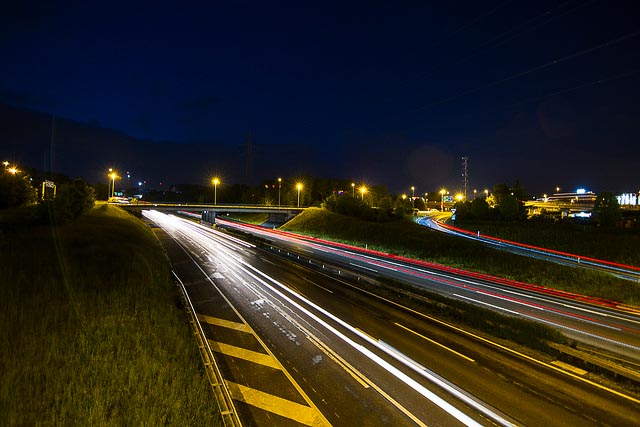This item originally appeared in The Avenue, the blog of the Brookings Institution's Metropolitan Policy Program.
Texas is a highway state. This reality stems from the need to meet the mobility demands of both sprawling metropolitan regions and vast rural areas.
Paying for the state’s massive system of highways has always been a challenge, however. Estimates from the Texas Department of Transportation (TxDOT) put the state’s highway expansion and maintenance needs alone at nearly $383 billion by 2040. Existing public funding, projected to be $70 billion over the next decade, will not be able to cover that cost without unprecedented funding increases after 2026.
While Texans are clearly amenable to paying for better roads—two recent state referendums added $2 billion annually to state highway funds—voters and politicians alike have balked at the idea of new toll roads and the public-private partnerships (P3s) that are often used to facilitate their formation. The recent referenda, for example, explicitly said the new monies would only support projects on free highways.
This trend continued in early May, when the Texas House rejected a bill that would have allowed TxDOT to use public-private partnerships to fund several highway projects. Sixteen P3s had been approved under an existing bill set to expire in August. The rejected bill would have allowed an additional six projects to use P3s and extended the deadline for new projects into the next decade. The rejection of the bill does not remove the possibility of P3s; they can still be approved as standalone projects, but it does make the process more onerous.
Moreover, the rejection of the bill at a moment when the federal government has made it clear that P3s will be a major part of transportation funding in the near term raises concerns that Texas may not be ready to take advantage of new priorities.
P3 toll roads are not new in Texas and that’s part of the issue. While several P3 projects, such as Dallas’ LBJ Expressway and the North Tarrant Express, have been completed and touted as successes, others, such as Highway 130 between Austin and San Antonio, have been massive failures. This mixed success, along with complaints that toll roads represent an inequitable tax on lower-income commuters and put rural areas at a disadvantage, have complicated advancing P3s in the state.
Since many of Texas’ P3 projects revolve around the construction of managed toll lanes aimed at easing congestion in major urban areas, it is worth asking what the vote means for metropolitan mobility. Will the state’s lack of a consistent P3 policy prevent Texas metros from improving their mobility systems?
Most likely not, but it does make that effort more complicated.
The P3 option still exists and several projects are under construction. Additional P3 agreements could be pursued through individual legislative bills, but they would have to be politically palatable and done on a one-off basis. Texas’ biannual legislative session also means their approval will take longer. Public toll authorities at the state and county level can still undertake toll projects without a P3 agreement. And TxDOT will also continue to work in the absence of P3s, but these last two options each stretch the state’s transportation funds even thinner.
The P3 debate, though, also presents Texas’ urban areas with the chance to evaluate how they approach metropolitan transportation on the whole. Perhaps the lack of a clear P3 approach to toll road construction can push the state and its urban areas to be even more creative with their existing and planned infrastructure investments. If massive new highways are not financially feasible, and given that the congestion benefits of large highway projects are nearly nonexistent, the more effective use of current infrastructure could be a response.
Public transit authorities like METRO in Houston and DART in Dallas already have expansive suburban park-and-ride systems, express bus systems, and are working to improve service within their respective territories. Building connections between major activity nodes—connecting people to jobs and amenities—could be a huge boon for overall accessibility. These could also likely be pursued on existing infrastructure. Further, strategic transit P3s could help agencies take on major capital projects or embrace new technologies.
States and municipalities could also reevaluate their approaches to land use and development to encourage denser communities, even in suburban areas. Such shifts could be tailored to encourage a range of transportation modes and help reduce the need for massive highway investments in the future.
P3s are clearly an approach to infrastructure development that are here to stay. But their use shouldn’t preclude other options and they are not a panacea to infrastructure woes or financial limitations. Using P3s strategically and carefully is a must. And Texas still has the opportunity to do that, despite the recent vote.


